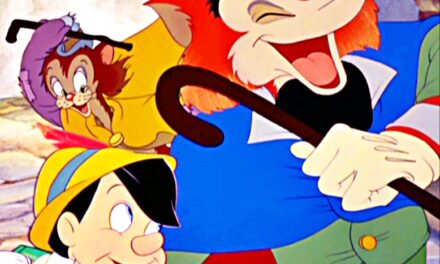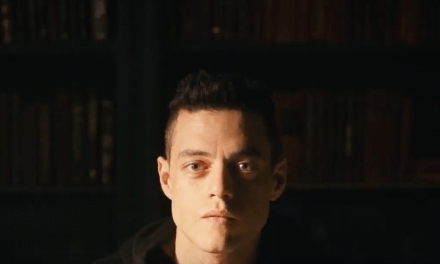
It might still seem strange, after all these years, to say that Horace and Pete is television, since it is not available, at the moment, from any network, cable provider or software application. To see it one has to pay for each episode and download it from Louis C. K.’s website. But it is clearly a television show. Unlike the Grail and Bane of public relations and corporate communications, the viral, television as a medium continues to demonstrate its fungal nature, dispersing its spores across platforms and devices and screens, proliferating and visible all very well, thank you. I still remember a time when serious critics and some scholars talked of, or felt themselves capable of predicting, the end of television. Well, look at it now.
There are lots of things to say about Horace and Pete that are no doubt as interesting, in the hands of another writer, as they are obvious, viz. its bar-room setting and multi-camera production as a call-back to Cheers and other sitcoms; its lining of liveness in its contemporaneity (episodes are recorded shortly before distribution), and theatre in the handling of monologues, dialogues and long-takes; and its incredible cast at full strength: apart from Louis himself there is Steve Buscemi, Jessica Lange, Steven Wright, Edie Falco and an actor who can credibly stand as an emblem of the medium’s longevity and artistry, Alan Alda. I’ve written elsewhere on this site in the past about performance and there is much – perhaps too much – material here to choose from in that respect. But forget about all that for a moment.
What Horace and Pete reminds us about, and revels in, is the centrality to the medium of an aspect – Marx would say the essence – of human life: our sociality. The setting of a bar provides a realist space for a place where the loosening of conformity, the rewards and costs of habit, and the staging of conflict can unfold according to the ambitions and capacities of its writer and cast. Unlike most reading, which is conducted in private in a space between head and the page (or screen), television has always made a bid for group companionship – leaning toward (in the past and now) the family, toward demographically bounded groups, even toward the individual viewer on a bus or train, all invited into social worlds across each of its genres. Horace and Pete’s interest is in the overlapping flux of family, tradition and intimate companionship within and across generations, in a contemporary setting where the shadows of moral and ethical uncertainty are recruited for drama that twitches into comedy and back, and where the grimly administrative-cum-authoritarian gaze of the state and corporate instruments are held – just – at bay in order to allow our privacy in all its (sometimes beautiful, sometimes ugly, messy) – glory, to find purchase and expression alongside our drinking partners.
Jason Jacobs is Head of School and Professor in Film & Television Studies in the School of Communication and Arts at the University of Queensland. He is author of The Intimate Screen and Body Trauma TV. His BFI TV Classic on Deadwood was published in July 2012. He is writing a book on David Milch for the Manchester University Press Television Series and is co-editor with Steven Peacock of the collection Television: Aesthetics and Style (Bloomsbury, 2013). He is currently working on an Australian Research Council funded project called ‘The Persistence of Television: how the medium adapts to survive in the digital world.’




